Disclaimer: The CREL’s curriculum is made possible by the support of the American People through the United States Agency for International Development (USAID). The contents of the curriculum do not necessarily reflect the views of USAID or the US Government
Climate change resulting from human-induced greenhouse gas emissions is affecting the Earth in ways that are and will be significantly impacting people and our environment for generations to come. One aspect of climate change refers to the increase in average global temperatures resulting from more greenhouse gases in the atmosphere. The impacts of global temperature increase on the Earth are pervasive and significant, including sea level rise, changes in precipitation and humidity patterns, increased extreme weather events, and more climate variability. We refer to all of these changes as ‘climate change’.
Module 1: Introduction to Climate Change ![]() (docx - 2 MB)
(docx - 2 MB)
Given the enormous significance of climate change for people and our environment, it is imperative that university students gain broad knowledge on climate change topics, including causes and effects, mitigation and adaptation, application of tools and technologies and effective communications. Understanding climate change has relevance for students across many disciplines because it includes learning topics related to the physical sciences, biological sciences, environmental science, social science, agriculture, forestry, health and medicine, communications, and public services.
Module Aim
Introduction to Climate Change (ICC) module provides students with necessary knowledge, skills and attitudes on a broad range of climate change topics, including causes and impacts of climate change, mitigation and adaptation, application of tools and technologies and effective communications.
Module Format Options
ICC module is one of the five modules of Bangladesh Climate-Resilient Ecosystems Curriculum (BACUM). The involved universities in Bangladesh will lead the curriculum application at the countrywide level to prepare qualified climate change experts for Bangladesh and South Asia.
This module is divided into three main sections, each including multiple topics:
- Section I: How and Why the Climate is Changing
- Section II: Impacts of Climate Change on People and Environment
- Section III: Responses to Climate Change - Mitigation and Adaptation
Given the needs per university, BACUM is developed to be flexible and adaptable to a wide range of educational contexts and country specifics. For academic level, university professors can adapt these materials to fit the training type according to students’ characteristics (educational background and experience) and to class structure (duration, class size, learning approaches, or technology support).
Bangladesh universities might take into consideration to apply different training scenarios as follows: 3-day training (18 hours), 5-day training (30 hours) and 10-day training (60 hours) or a semester long course. Relevant topics can be selected and tailored to meet the needs of the right target groups, for instance a short seminar (1-2 days) for governmental officers at national and sub-national levels.
Target groups
- Main target groups: undergraduates and graduates (degree program)
- Other audience: governmental officers (non-degree program)
Learning Outcomes
On completion of this module, students will be able to:
- Describe the components, drivers, and interactions of climate
- Analyze causes and effects of climate change (by using gender sensitive method, tools and techniques)
- Explain the relationship between human activities and climate change, with emphasis on ecosystems and conservation
- Assess (by using gender sensitive method, tools and techniques) the impacts of human activities on climate and the impacts of climate change on ecosystem services and socio-economic systems
- Identify potential responses and solutions to climate change challenges, and assess (considering gender needs and priorities) their feasibility and potential effectiveness
- Apply appropriate communication strategies on climate change mitigation and adaptation to different types of audience
Module content
Module 1: Introduction to Climate Change
This chapter contains the specific content of Introduction to Climate Change module in the BACUM organized according to the following format:
- Topics: Knowledge, concepts, skills or attitudes are to be learned or achieved
- Learning objectives: A written statement describing what the students will be able to do at the end of each training session
Section I: How and Why the Climate is Changing
This section provides students with an understanding of the physical science basis of climate change, including what we know about the climate and climate change, what causes climate change, how climate change is resulting in more variability and greater extremes in climate, and how we use climate models to understand climate systems and make projections about future changes. The four topics covered in this section are:
1.1. Introduction to Climate Science and Climate Change ![]() (pptx - 13 MB)
(pptx - 13 MB)
1.1. Introduction to Climate Science and Climate Change
At the end of this training session, students will be able to:
- Distinguish climate from weather
- Describe the components of the climate system
- Explain how the components have changed
- Explain the difference between climate variability and climate change
1.2. Causes of Climate Changes ![]() (ppt - 19MB)
(ppt - 19MB)
1.2. Causes of Climate Changes
At the end of this training session, students will be able to:
- Explain and evaluate past climate investigations and tools to detect its change over time
- Analyze causes and factors (natural and human induced) contributing to climate change
- Describe past, current, and future concentrations of greenhouse gases (GHG) and their effect on Earth’s climate, as well as humans’ contributions to GHG emissions
- Identify major sectors and human activities contributing globally and regionally to GHG emissions
1.3. Climate Intensification: Floods, Droughts and Cyclones
At the end of this training session, students will be able to:
- Explain what climate intensification is
- Explain how climate intensification occurs
- Describe the evidence of climate intensification: floods, droughts and cyclones and how these affects are different for men and women particularly in Bangladesh
- Explain the unusual climate intensification: El Niño and La Niña
- Identify strategies to mitigate climate intensification considering gender needs and priorities in Bangladesh
Section II: Impacts of Climate Change on People and Environment
Once students acquire the basic understanding of what climate change is and how it is changing, Section 2 then teaches students about the major impacts of climate change on people and our environment. The six topics in this section are:
2.1. Introduction to Climate Change Impacts
2.1. Introduction to Climate Change Impacts ![]() (ppt - 16MB)
(ppt - 16MB)
At the end of this training session, students will be able to:
- Differentiate between climate change and climate impacts
- Explain how climate impacts are discerned
- Analyze how impacts of climate change on natural and human systems and differently impacts on men and women.
- Explain what impact pathways are, how to discern and evaluate them
2.2. Sea Level Rise
2.2. Sea Level Rise ![]() (pptx - 13 MB)
(pptx - 13 MB)
At the end of this training session, students will be able to:
- Explain global and local sea level rise and factors contributing to both
- Explain the causes of sea level change
- Describe how sea level has changed throughout Earth’s history
- Explain current observations, projections of future sea levels, and their respective uncertainties
- Explain the mechanisms underlying potential risks and vulnerabilities and their geographic distribution
- Explain how see level rising increase women vulnerabilities and what are the potential adaptive and mitigating measure to reduce vulnerabilities
- Describe and evaluate potential adaptations to reduce or avoid the impacts to people (men and women) and ecosystems
2.3. Climate Change and Water Resources: Effects
2.3. Climate Change and Water Resources: Effects ![]() (ppt - 40MB)
(ppt - 40MB)
At the end of this training session, students will be able to:
- Explain the basic values, issue and threats to water resources
- Describe how climate change affects water resources and use
- Describe and assess observed changes in and projected impacts on freshwater systems and resources and increase women vulnerabilities and what are the potential adaptive and mitigating measure to reduce theses vulnerabilities in relation to water resources
- Analyze how impacts to water resources interact and affect human uses (differently affect men and women) and aquatic ecosystems
2.4. Climate Change and Food Security
2.4. Climate Change and Food Security ![]() (ppt - 17MB)
(ppt - 17MB)
At the end of this training session, students will be able to:
- Explain and analyze how climate change is affecting agriculture and food security and increase women vulnerabilities in relation to agriculture and food security
- Propose potential adaptation actions to reduce the negative impacts of climate change on agriculture to ensure food security considering gender needs and priorities
- Propose potential improvements in agricultural systems to improve food security while mitigating climate change (i.e., reducing emissions from the agriculture land use sector) considering men and women potentials
2.5 Climate Change and Human Health
2.5 Climate Change and Human Health ![]() (pptx - 6 MB)
(pptx - 6 MB)
At the end of this training session, students will be able to:
- Describe the diseases likely to be exacerbated by climate change - from local, regional, and global perspectives
- Identify the most vulnerable people and populations whose health could be affected by climate change
- Propose possible adaptations to climate change-related human health issues, risks, and problems
2.6 Climate Change and Terrestrial Ecosystems
2.6 Climate Change and Terrestrial Ecosystems ![]() (ppt - 29MB)
(ppt - 29MB)
At the end of this training session, students will be able to:
- Describe how climate influences the distribution of plants around the world and ways of classifying plant communities
- Describe the impacts of climate change on vegetation and wildlife, from the level of the individual to the biome level
Section III: Responses to Climate Change - Mitigation and Adaptation
In this final section, students will learn about how people can respond to the various impacts of climate change with both mitigation and adaptation responses. The six topics covered in this section are:
3.1. Climate Change and Forest Management
3.1. Climate Change and Forest Management ![]() (ppt - 43MB)
(ppt - 43MB)
At the end of this training session, students will be able to:
- Identify the roles of forests in greenhouse gas mitigation and in adapting to climate change impacts
- Explain the relevance and importance of key impacts of climate change on forests
3.2. Climate Change and Water Resources: Responses and Adaptation
At the end of this training session, students will be able to:
- Explain and evaluate how people (men and women differently) and ecosystems can adapt to climate change impacts on water resources
- Apply best practices considering gender needs for water resource and watershed protection to effectively adapt to climate change
3.3. Principles and Practices of Climate Change Vulnerability Assessment
At the end of this training session, students will be able to:
- Distinguish the difference between resilience and vulnerability • Identify important elements and principles of climate vulnerability assessment
- Evaluate and apply the most relevant gender sensitive vulnerability assessment framework
- Interpret climate vulnerability assessment results
- Develop corresponding adaptation strategies
3.4. Uncertainties in Climate Change
3.4. Uncertainties in Climate Change ![]() (pptx - 4 MB)
(pptx - 4 MB)
At the end of this training session, students will be able to:
- Evaluate the sources of uncertainties associated with projected climate change impacts
- Analyze uncertainties during decision making processes
- Use scenarios, smart adaptive thinking and measures to deal with uncertainties appropriately
3.5. Climate Change and Ecosystem Services
3.5. Climate Change and Ecosystem Services ![]() (pptx - 14 MB)
(pptx - 14 MB)
At the end of this training session, students will be able to:
- Explain and apply the framework of ecosystem services in climate change assessment and response
- Describe the basic concepts of the emerging ecosystem markets for carbon and watershed services
- Analyze the role of ecosystem-based adaptation and mitigation solutions
3.6. Effective Communications in Climate Change
3.6. Effective Communications in Climate Change ![]() (pptx - 7 MB)
(pptx - 7 MB)
At the end of this training session, students will be able to:
- Explain communication process and components
- Analyze the challenges and opportunities in communicating climate change
- Describe six communication principles in climate change
- Apply effective communication when discussing climate change to different types of audience with special attention to the disadvantaged (women, disable, old etc.)
Resources
Download a Zip file of Resources for this module [ZIP, 10.6MB]
Grading System
Normally the Training Department of the participating universities is responsible for defining the way in which the credit hours are calculated for the degree program or non-degree program.
Assesment Criteria
Participating universities have their own grading system each and will continue to apply its current practice. This proposed grading system is based on the belief that knowledge (K), skills (S) and attitudes (A) are all important in becoming a good climate change actor. The assessment criteria are proposed as follows:
|
Criteria |
Percentage |
|
10% |
|
10% |
|
10% |
|
30% |
|
40% |
|
TOTAL |
100% |
Grading Criteria
|
Numerical Grade |
Letter Grade |
Grade Point |
|
80% and above |
A+ |
4.00 |
|
75% to less than 80% |
A |
3.75 |
|
70% to less than 75% |
A- |
3.50 |
|
65% to less than 70% |
B+ |
3.25 |
|
60% to less than 65% |
B |
3.00 |
|
55% to less than 60% |
B- |
2.75 |
|
50% to less than 55% |
C+ |
2.50 |
|
45% to less than 50% |
C |
2.25 |
|
40% to less than 45% |
D |
2.00 |
|
|
|
|
|
Less than 40% |
F |
0.00 |








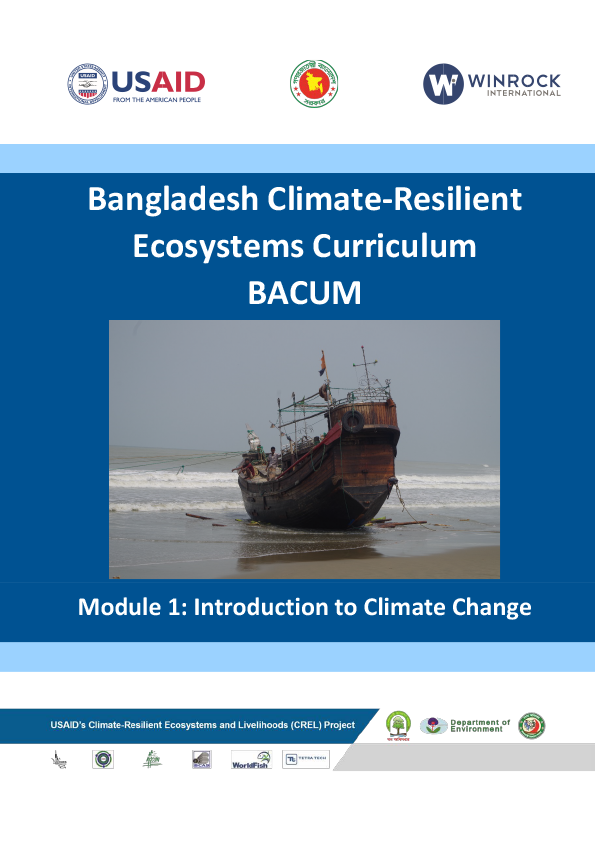
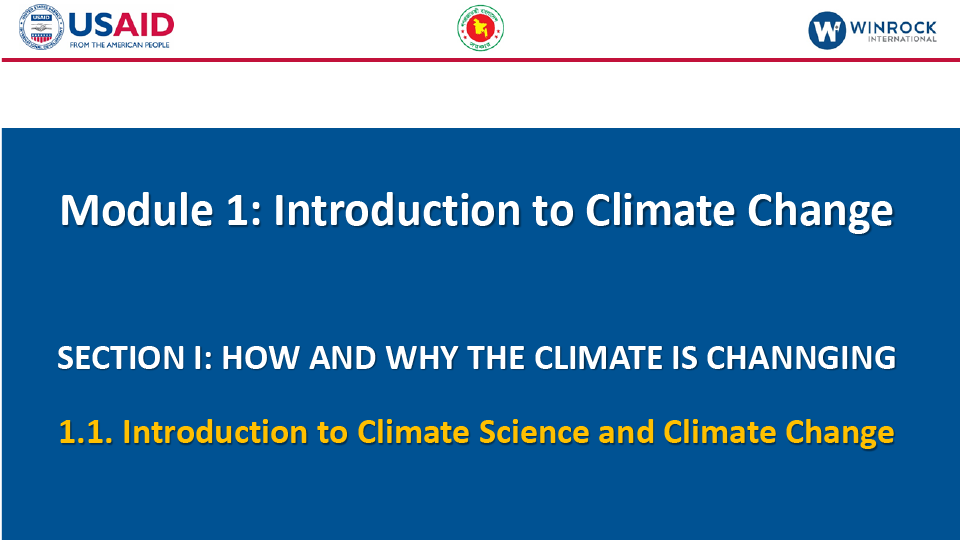
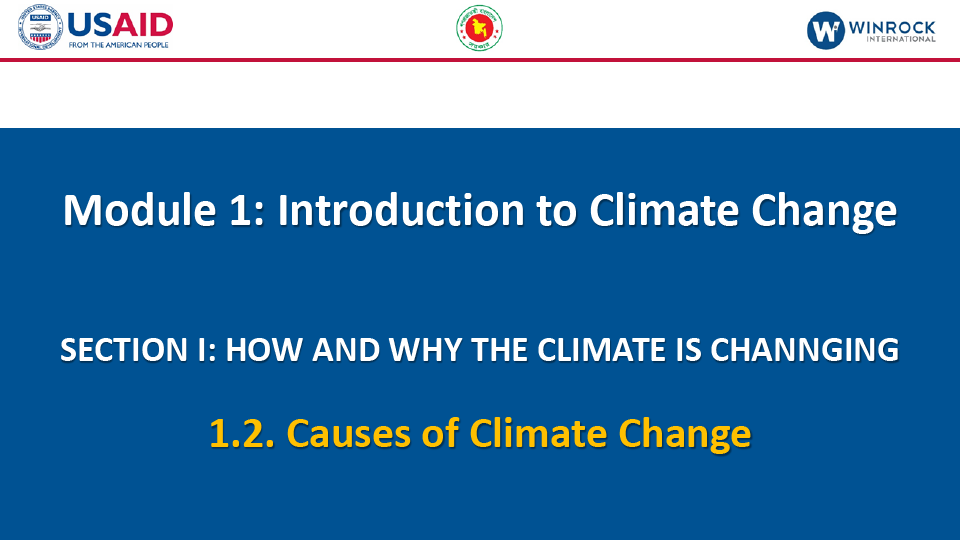
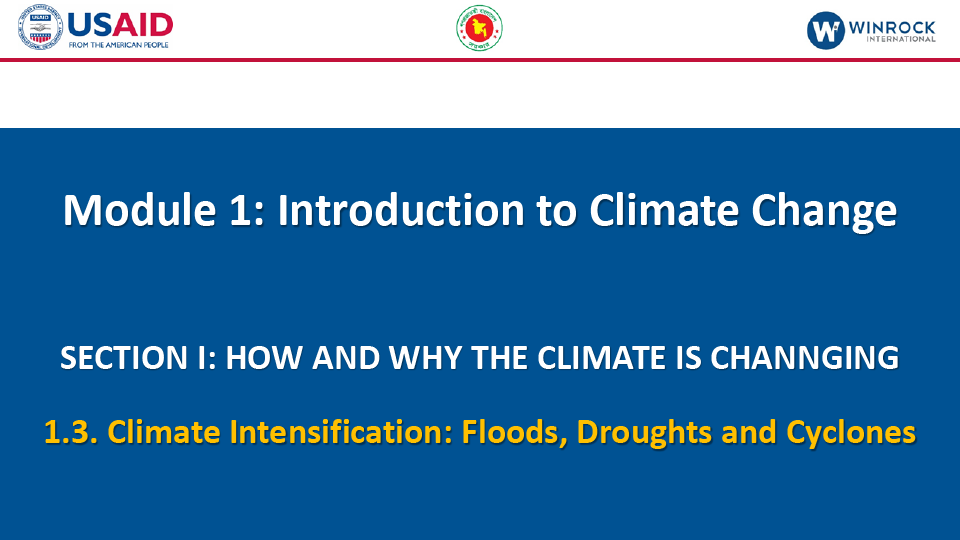
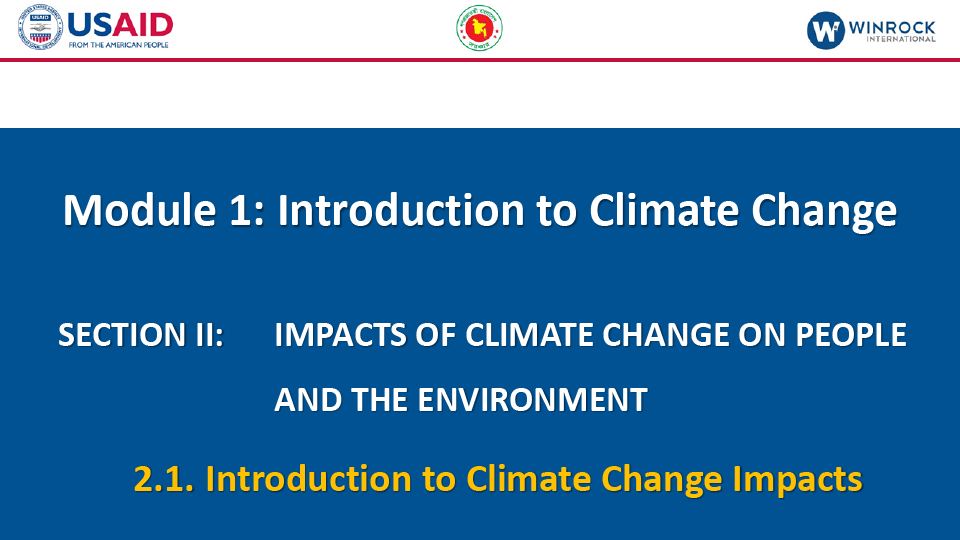
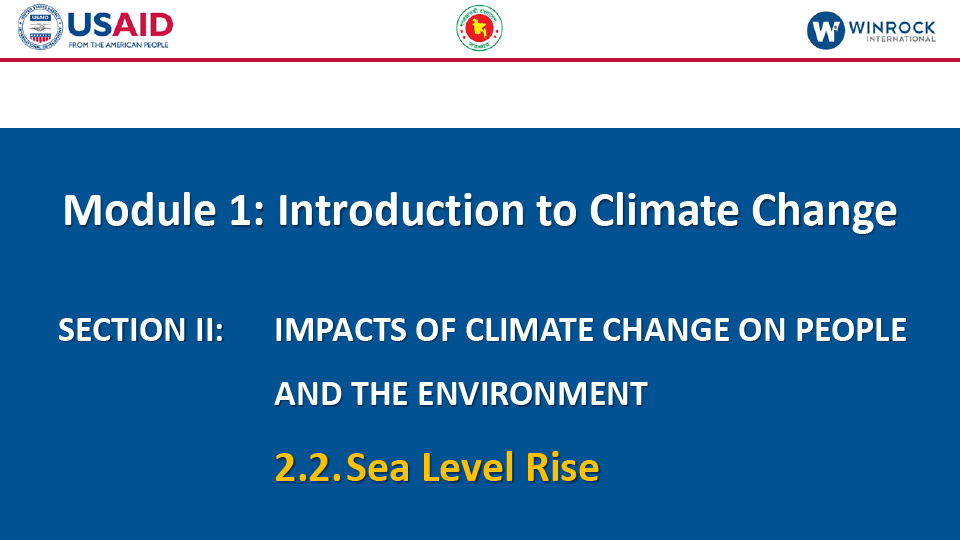
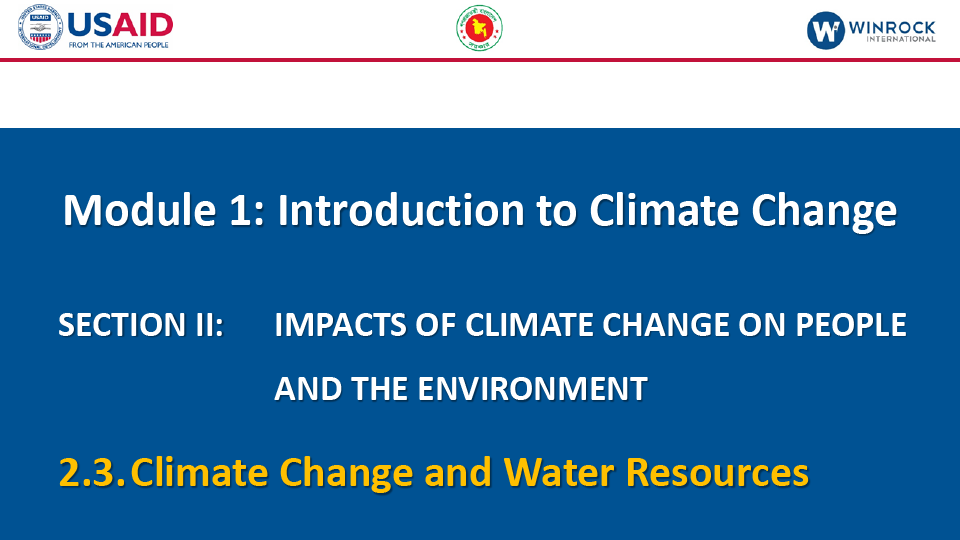
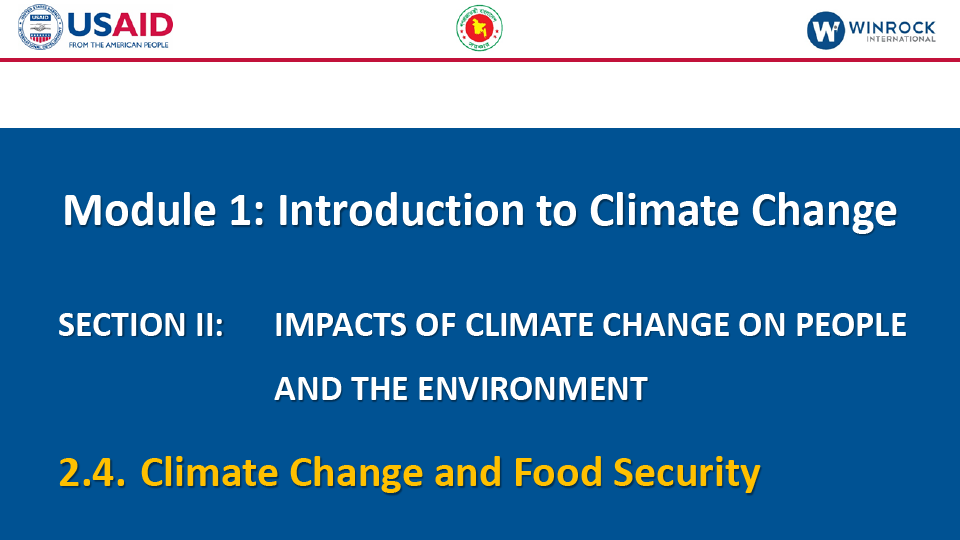
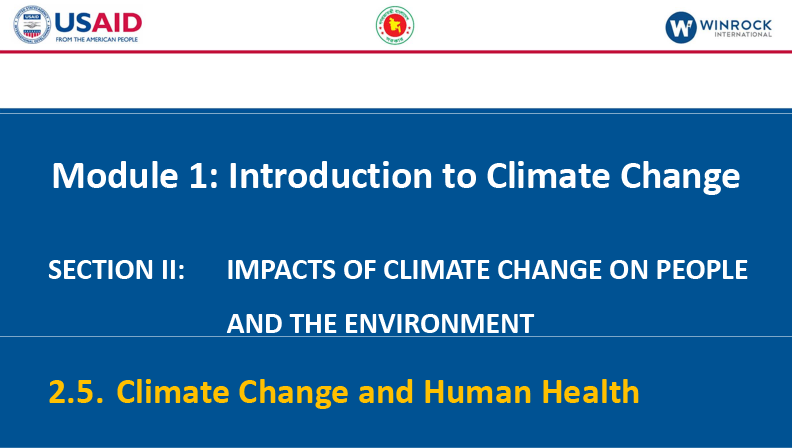
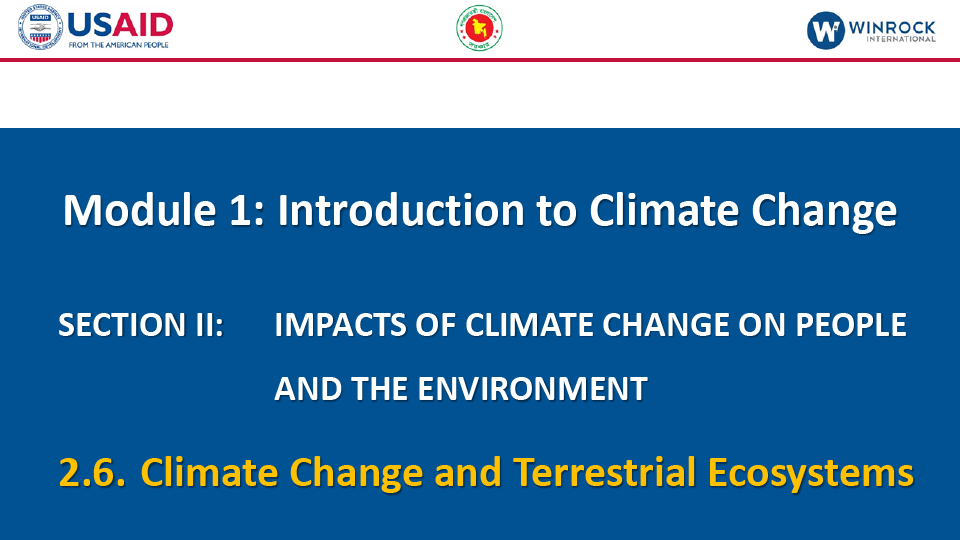
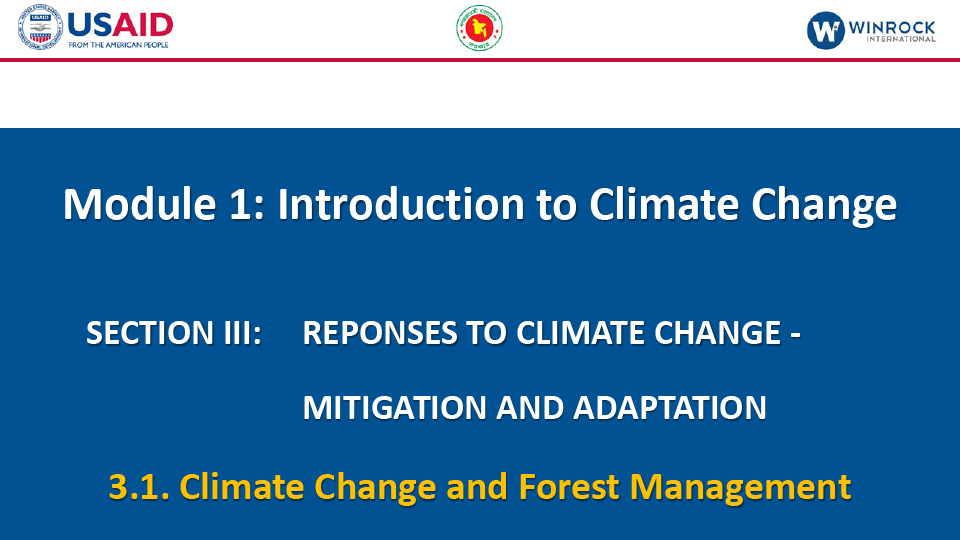
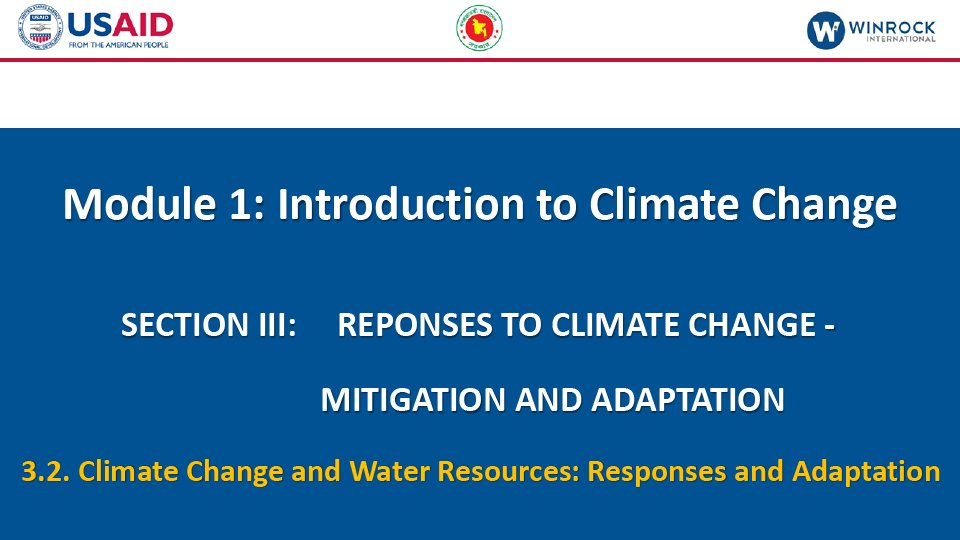
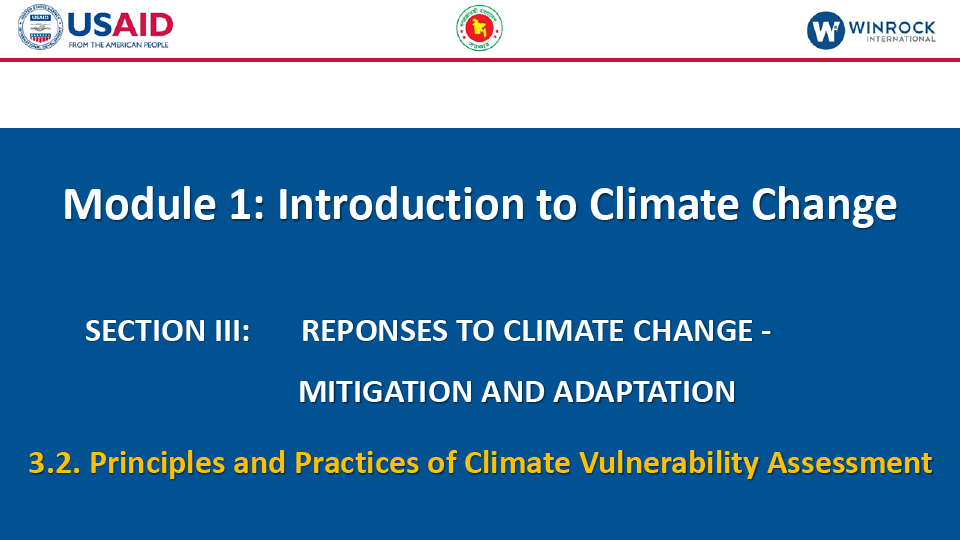
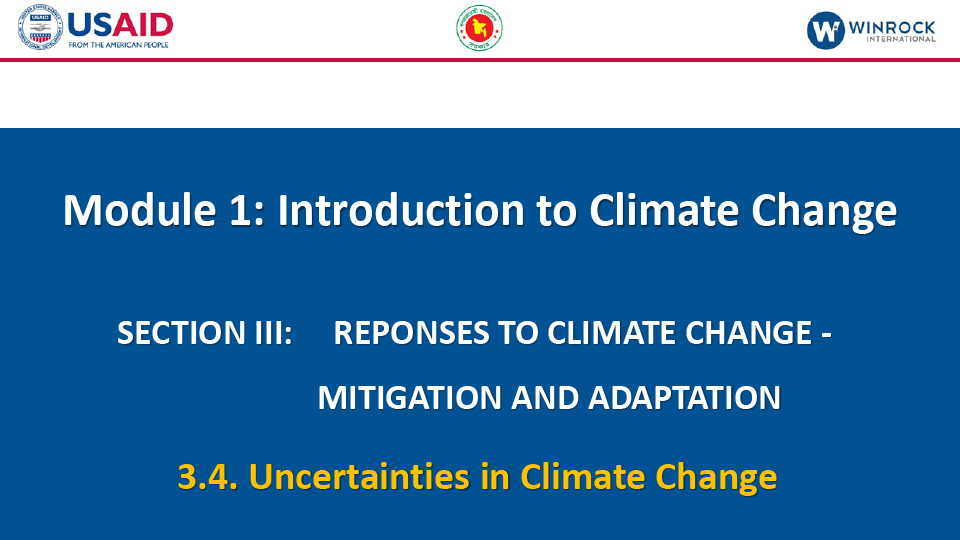
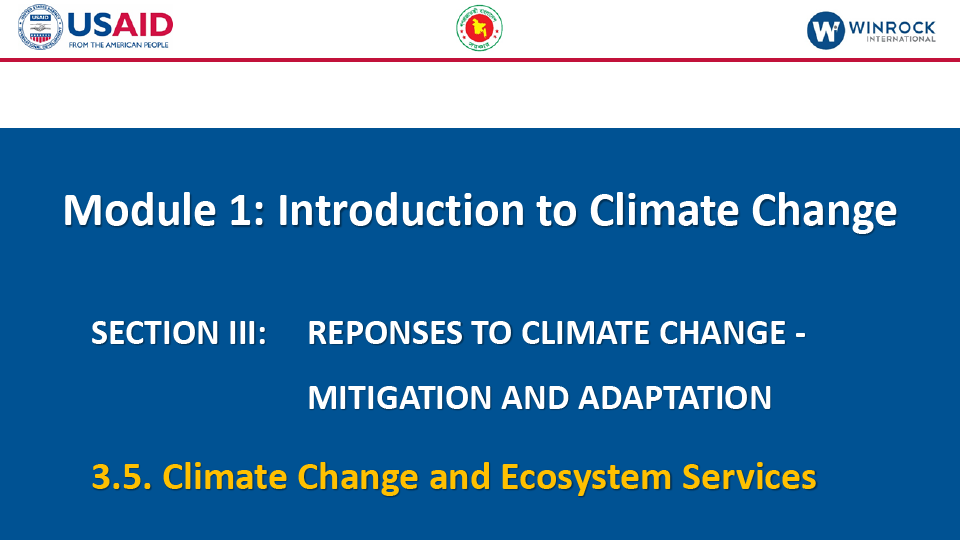
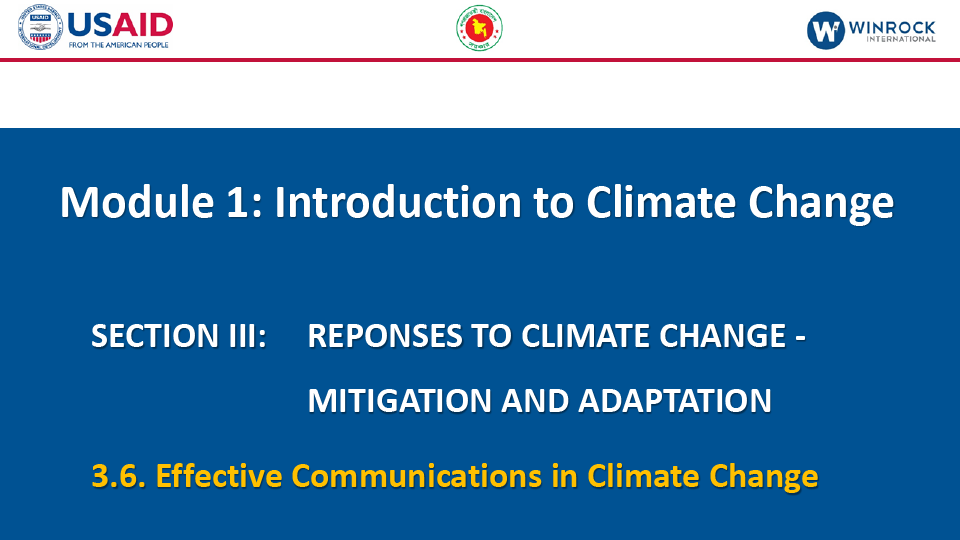
Comment
Make a general inquiry or suggest an improvement.